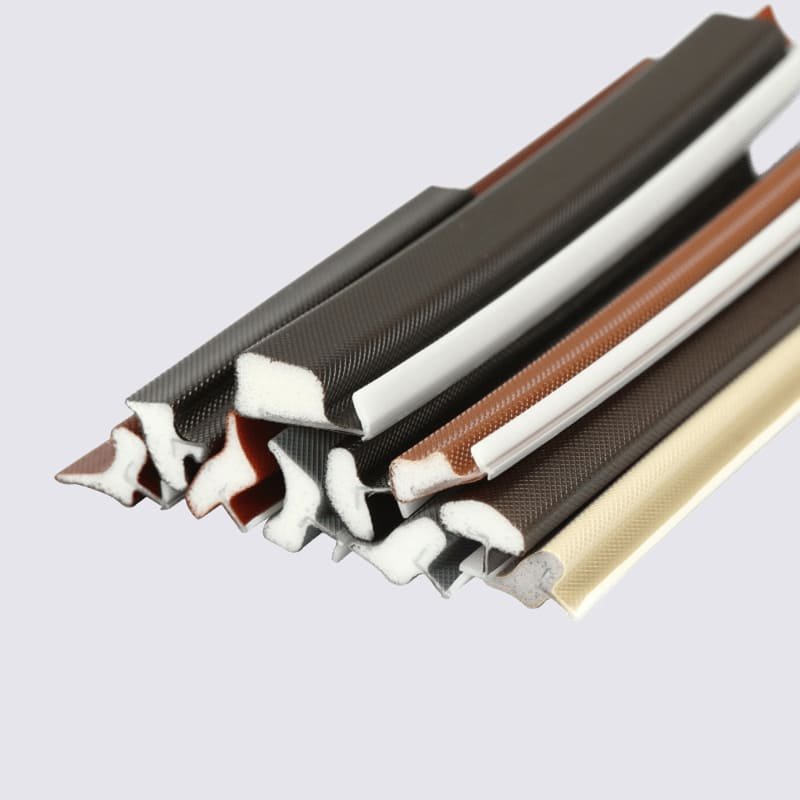Silicone seal strips are an indispensable part of many construction and engineering projects. 두 표면 사이에 방수 밀봉을 제공하며 단열 및 방음에도 사용할 수 있습니다.. 웨더스트리핑 테이프, 또한 유연한 실리콘 소재로 제작되었습니다., is a popular product for sealing gaps and preventing air leaks in homes and buildings. 이 가이드에서는, 사용 가능한 다양한 유형의 씰 스트립과 이들이 제공하는 이점을 살펴보겠습니다..
맨 위 3 Types Of Seal Strips
Silicone seal strips come in a variety of shapes and sizes, 응용 프로그램에 따라. The most common types include flat strips, L-shaped strips, and T-shaped strips. Flat strips are used for general sealing applications and are available in various widths and thicknesses. L-shaped strips are used for sealing around corners or edges, while T-shaped strips are used for sealing around pipes and other objects.
Benefits of Using Silicone Seal Strips
유연성과 순응성
Silicone seal strips can easily conform to uneven surfaces and gaps of various shapes and sizes. 그들은 맞춤형을 제공합니다, 모든 윤곽을 따라 마찰에 맞는 씰.
방수 및 기밀 씰
Silicone seal strips create an impermeable barrier that keeps air, 물, 곤충, 및 기타 요소가 통과하지 못하도록. 누출 없이 물에 담가도 견딜 수 있는 등급입니다..
내구성 및 손상 저항성
Seal strips made by silicone seal strip manufacturers are built to last and resistant to damage from weather, 자외선 노출, 그리고 높거나 낮은 온도. 그들은 찢어지지 않을 것이다, 금이 가다, 또는 반복 사용으로 시간이 지남에 따라 느슨해짐.
경제적이고 재사용 가능
Silicone seal strips provide an affordable, 재사용 가능한 솔루션. 값비싼 웨더스트립 교체나 코킹 대신, 동일한 길이의 씰 스트립으로 최소한의 낭비로 여러 개의 씰을 만들 수 있습니다..
Ease of Application and Repositioning
Silicone seal strips adhere strongly to most surfaces but can still be repositioned and reapplied with ease if needed. 제거 시 잔여물이 거의 또는 전혀 남지 않습니다., making them a convenient and practical choice for sealing gaps and preventing air leaks.





